A simple question about ClassAB common source amplifier. There are two circuits which I have attached with this question, the one on the left is a standard cross coupled circuit which I have taken from CMOS Analog Circuit design by Allen & Holberg.
On the picture to the right I replaced transistors M4 and M3 with the opposite counterpart. Vb1 and Vb2 are bias voltages.
My analysis: For the circuit on the left: As Vin increases, M1 will try to push more current,hence source voltage of M1 will rise (or fall?). I am considering that it will rise since the drain voltage of M6 must rise to accomodate more current. This will in turn increase the |Vgs| of M3 and hence the overdrive. The Vds of M3 should remain constant hence the drain voltage (Vgs) of M6 should rise which will cause M7 to sink current. The same analysis for M5, M4, M8 and M2 when Vin decreases.
For the circuit on the right: As Vin increases, M1 will try to push more current,hence source voltage of M1 will rise. Since Vb2 is constant, and increase in Vds or Vgs of M6 will cause M3 to go into cutoff. Hence it wouldnt work.
Now as for my questions:
For the circuit to the left or right, why should the source voltage of M1 rise when Vin increases? Shouldnt it decrease for M1 to push more current? Since the drain of M1 is constant, the only voltage that has to change is the source voltage of M1 such that the Vgs of M1 increases. If it increases then why does it increase?
Circuit to the right: Is my analysis of the fact that M3 will go into cut-off and that is why it wont work, correct?
Any help will be appreciated, thank you!
